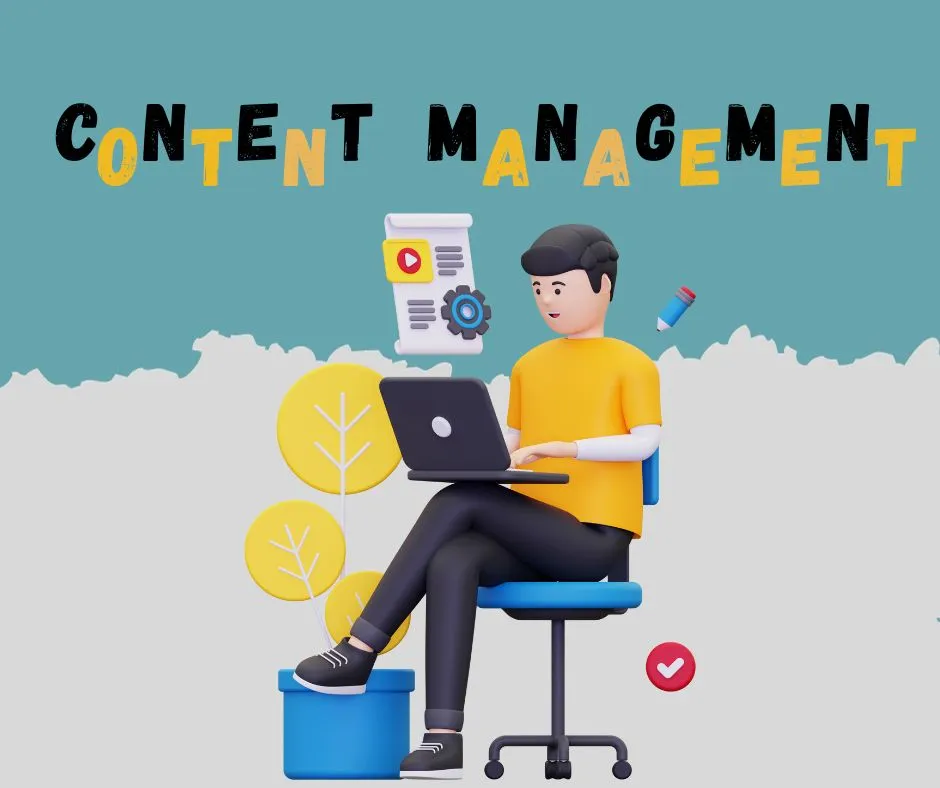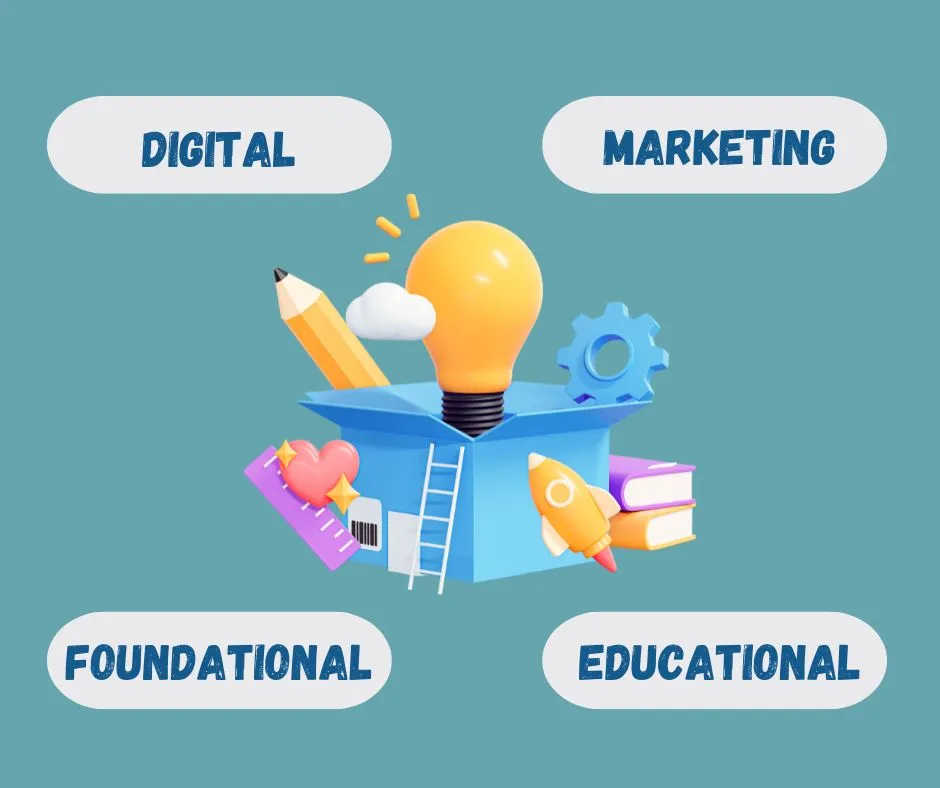The basics of website and app management
Website and app management is essential in today's digital age. Websites and apps have become the primary communication channels between businesses and their customers, so effective management of these platforms is essential. This article will cover the essential basics of managing websites and apps efficiently. Let's explore together how to achieve our goals through efficient website and app management.
Content Management

Content management is the process of organizing and managing the different types of content available on a website or app. This process includes creating, editing, and publishing content. The main goal of content management is to present content in a structured and organized way to target users, by using tools and systems that facilitate the efficient management of content-related processes.
Content Management Tasks
- Content Creating: This includes writing articles, preparing images, producing videos, and designing infographics.
- Content Editing: This involves improving existing content by reviewing and editing texts, images, and videos on a continuous basis to ensure their quality.
- Content Publishing: This includes publishing content on the website and social media.
- Content Marketing: This involves promoting content through digital marketing strategies to attract more of the target customers.
- Measuring and Analyzing Results: This involves using data analysis tools to measure the performance of content and analyze customers engagement with it. This data can then be used to improve future strategies.
- Content Management and Organization: This involves organizing content in a systematic and efficient manner. This ensures that content is organized and easy to access.
Content Management Fields

Digital Content Management: The management of content that is created and published digitally, such as websites, apps, email, and social media.
Enterprise Content Management: The management of content that is produced by business operations, such as business reports, contracts, and code.
Marketing Content Management: The management of content that is used for marketing purposes, such as advertising and promotional materials.
Educational Content Management: The management of content that is used for the purpose of education, such as courses and educational materials.
Pricing Factors for Websites and Apps
- Cost: The cost of developing and maintaining the website or app should be taken into account.
- Added value: Providing features and services that highlight the value of the product.
- Competitiveness: Study the competitive prices in the market and adjust the prices accordingly.
- Market targeting: Understanding the needs of customers and their ability to pay the desired price.
- Pricing strategy: Choosing the optimal pricing model such as dynamic pricing or subscriptions.
- Promotion and marketing: Using marketing strategies to highlight the value and justify the price.
- Feedback: Monitoring feedback on competitor prices and improving the strategy accordingly.
Pricing Tips for Websites and Apps
- Market research: Conduct a thorough market research to understand the demand, supply, competitor prices, and customer preferences.
- Cost evaluation: Calculate the development, maintenance, marketing, and other costs to determine the profitability and suitability of the website or app.
- Value-added: Identify the unique features and premium services that distinguish your product and justify its price.
- Pricing flexibility: Choose a flexible pricing model to meet the needs of different customers, such as subscriptions or monthly reviews.
- Free trial: If appropriate, offer a free version or trial period to attract more users.
- Customer engagement: Listen to feedback and suggestions from users about product prices and act on them.
- Customization: If possible, offer customization options that allow users to choose the services they want to pay for.

How to Use Pricing in Website and App Management
- Data analysis: Analyze customers data and their behavior to understand how they respond to changes in prices and offers.
- Pricing experiments: Conduct pricing experiments for defined periods of time to evaluate how they impact purchases and user engagement.
- Value improvement: Improve the value of the product versus the price point to meet customer expectations and needs.
- Offer customization: Use customized pricing to engage with a specific group of customers who may be willing to pay extra.
- Market responsiveness: Adjust prices regularly to keep up with changes in the market and demand.
- Offers and campaigns management: Direct pricing strategies and promotional campaigns in a way that reflects your business strategy and goals.

Types of Ads for Websites and Apps
- Text ads: These are ads that consist of only text.
- Visual ads: These are ads that consist of images or videos.
- Targeted ads: These are ads that are shown to people who have certain interests.
- Personalized ads: These are ads that are customized for people based on their behavior or interests.
Tips for Managing Ads for Websites and Apps Successfully

- Do market research: It is important to do market research to understand your target segments, their behavior and needs.
- Be flexible: You should be prepared to adjust your advertising campaigns as needed, in response to test results or changes in the market.
- Collect performance data: It is important to collect performance data to measure the success of your advertising campaigns.
Conclusion
We understand the importance of website and app management as a key factor in achieving business goals and attracting customers. Successful management of these digital systems requires a deep understanding of security, performance, user experience, and other vital aspects.



